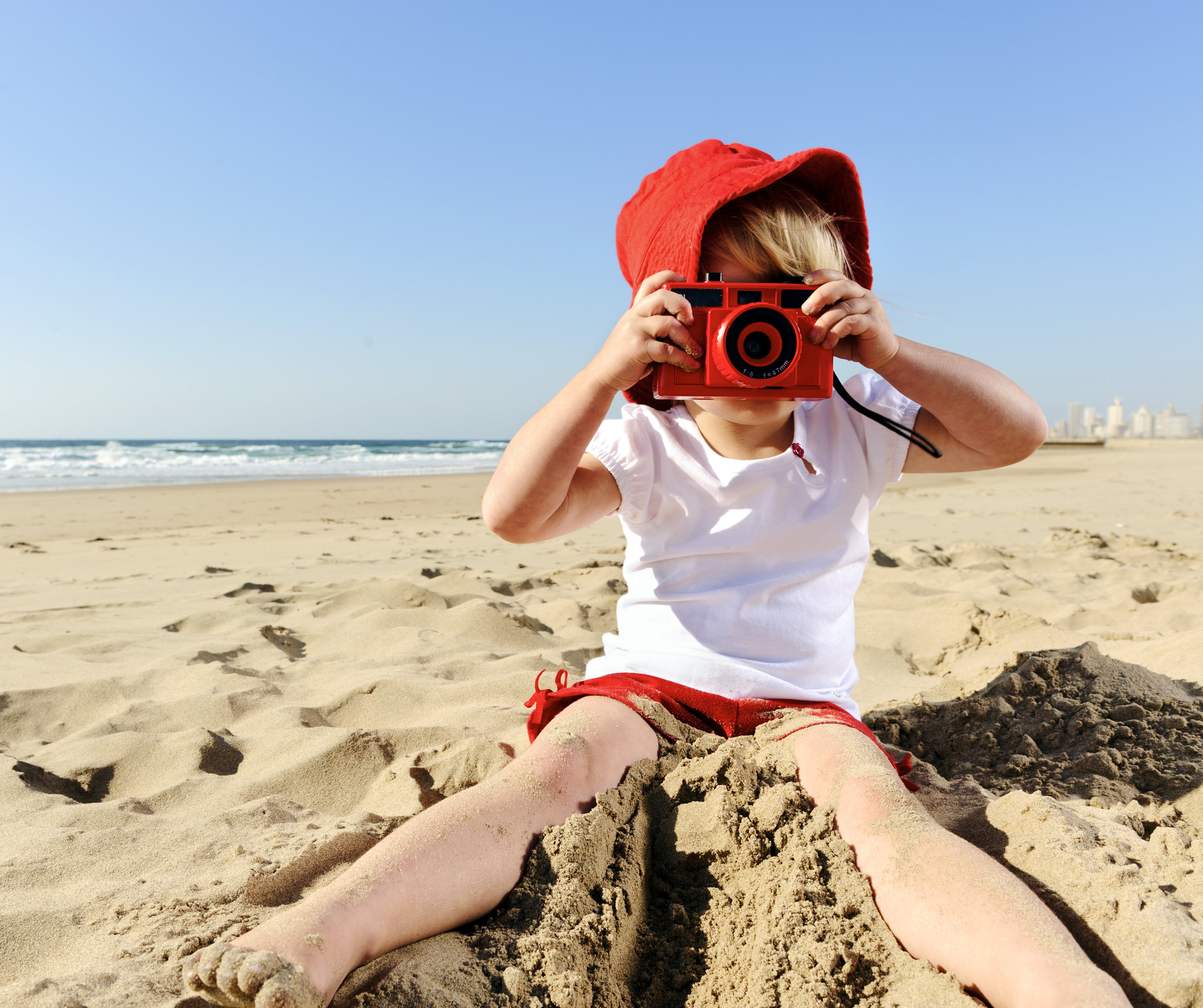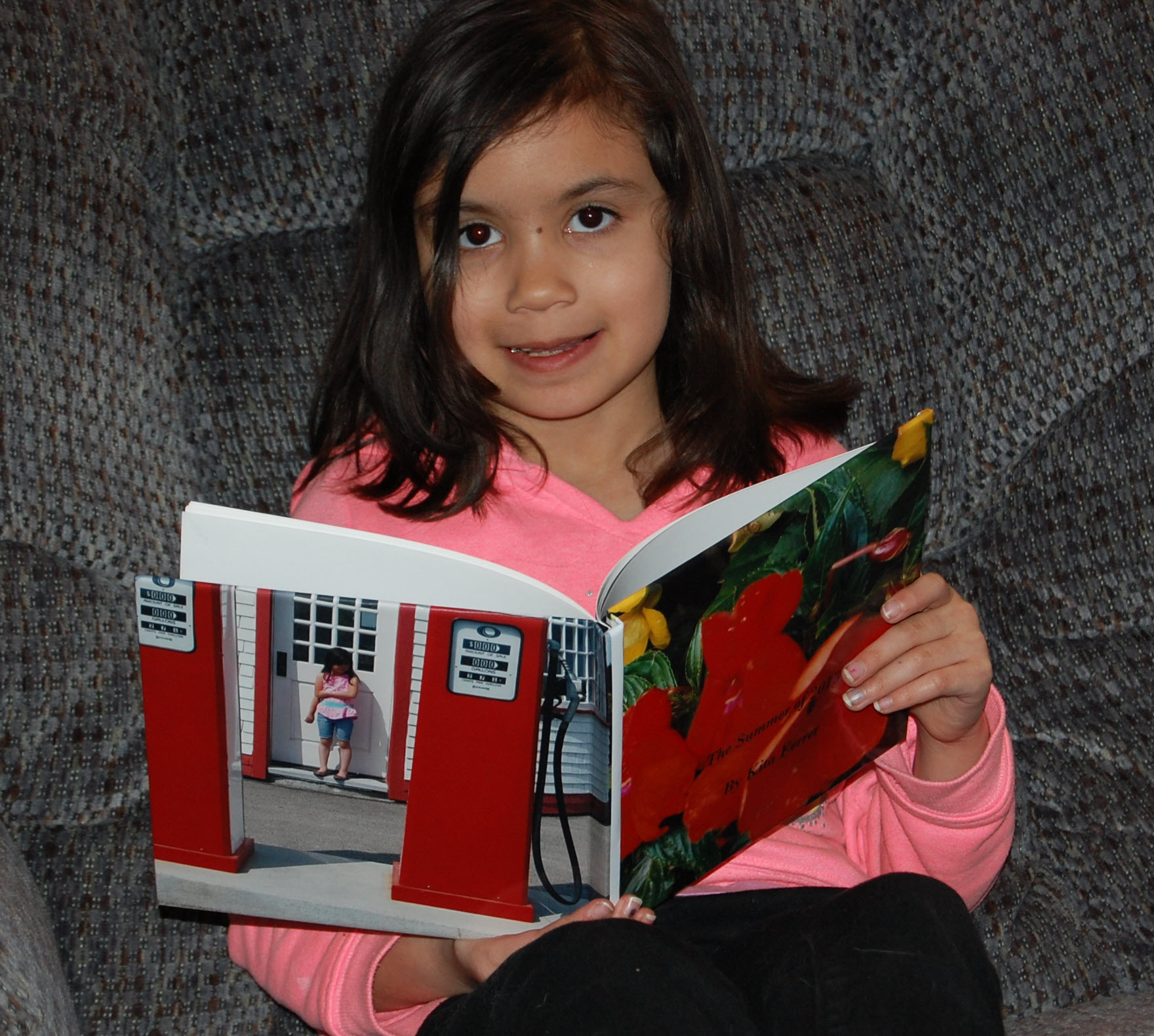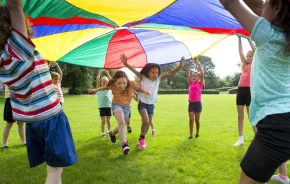
Last summer I took my 7-year-old granddaughter Kita on a different outing every week. We visited Lakewold Gardens and Point Defiance Zoo & Aquarium, toured the Pioneer Farm in Eatonville and Washington State History Museum in Tacoma, took the water taxi from Alki Beach to downtown Seattle and more.
Early on, I decided to make it a summer for my granddaughter to remember. I put a lanyard on an inexpensive digital camera so she could wear it around her neck and let her take pictures of whatever she wanted. Occasionally I pointed out ideas, but I never told her what to photograph. Each week I moved the images from the camera to a file on my computer.
At the end of the summer I asked her to write down what she remembered about each place we went. (If I were to do it over, I'd have her write down her impressions the same day as the activity.) Then, using a photobook website, we created a book — a tangible memory she could keep forever. Kita choose the cover, formats, themes, colors and placement of the pictures and text in the book.
When she received the finished product in the mail, she was ecstatic and marveled at what she’d done. She’s very proud of The Summer of 2015 by Kita Ferrer and keeps it in a special place in her bedroom.
Making a photobook is just one way children can preserve the magic of summer long after the last beach visit or museum trip. Here are more ideas about how to help your kids (or grandkids!) capture their summer stories. (An unexpected bonus is that they will be practicing skills such as writing, spelling, art and story telling in a way that's meaningful to them.)

1. Create a photobook
This is what we did. Find an old point-and-shoot digital camera a child can handle (if you don't have one, you can purchase one secondhand through a site such as Craigslist). I also recommend attaching the camera to a cord that the child can put around her neck, which frees her hands.
Share basic photo tips with kids, such as standing between the sun and what they are photographing to get the best images; or taking the same shot from different angles.
After the outing, have them write down what they remember (as soon as possible for better recall). At the end of the summer, work with the child to create the book through a site such as Shutterfly, Snapfish or Blurb.
2. Keep a journal
Celeste Altus, a mom in Martinez, Calif., gave her daughter Sofia a “Hello Kitty” notebook for a special occasion when she was 5. She had noticed her mother journaling and was interested. Now 10 years old, Sofia still journals regularly. She especially likes to write down every detail of birthday parties she attends. Asked if she ever includes keepsakes from those events, she said, “"No, I just write about it and I draw pictures."
To get your child started, buy him a starter journal — it can be a special hardback book or a simple spiral-bound notebook — or help him make one out of items you find around the house: Construction paper, cardboard or fabric all work for covers. Choose lined paper, blank paper or a mix depending on your child's preferred method of expressing themselves through writing or drawing.
If your child is hesitant about journaling, you might start him with a prompt, such as a question about a favorite part of a trip. Other incentives include letting kids choose a special pen for their writing time. Some kids will prefer going the online route instead, journaling on a blog that they can share with others. (To make sure they remain safe on the Internet, consider buying the e-book The Step by Step Guide to Prepare Kids for Safe Blogging by Dr. Patricia Fiorello at kidslearntoblog.com. The cost is $6.99.) The website my-diary.org, though not specifically for children, also presents a format for online journaling.
3. Get crafty with a scrapbook
An arty twist on journaling is scrapbooking. As with a journal, kids can buy a basic scrapbook or make one. Encourage kids to save souvenirs from their trips, such as ticket stubs, postcards they write impressions on, brochures, etc. They can jazz up the scrapbook pages with crayons, stamps, borders and patterned paper. Visit a craft store to find fun additions to their scrapbook.

4. Make a video
A great option for tech-savvy and movie-loving kids is to create videos with smartphones, iPods and cameras. They can edit their raw footage into stories with the help of easy-to-use apps. Good resources include sites such as digitalfilms.com (free) and video-editing apps. Two that I especially like are iMovie ($4.99) for iPhones, which helps you film and edit; and Magisto Magic video editor, a free Android app that also lets you add music. Seattle-area children can also take filmmaking classes through organizations such as Northwest Film Forum and SIFF; find a list here.
Kids should be cautioned to film in landscape mode so the finished product doesn't have black bars down each side. Also, be aware of the storage limits for videos on the device (often less than 10 minutes on a smartphone). Finally, if your child doesn’t have a steady hand, you could invest in a tripod.
5. Put together a keepsake box
This age-old activity never loses its appeal — what child doesn't like a special place to save treasures? Help your child find a container to place her mementos; it could be a lunchbox, shoebox, cigar box, clear plastic box or even a wooden box. Encourage her to decorate the top. She can then fill it over the course of the summer with treasures such as shells, rocks, sea glass, photos, postcards or found objects. A keepsake box can memorialize a one-time event or the child can keep adding to it. Store in a cool, dry place so the items don’t deteriorate.











